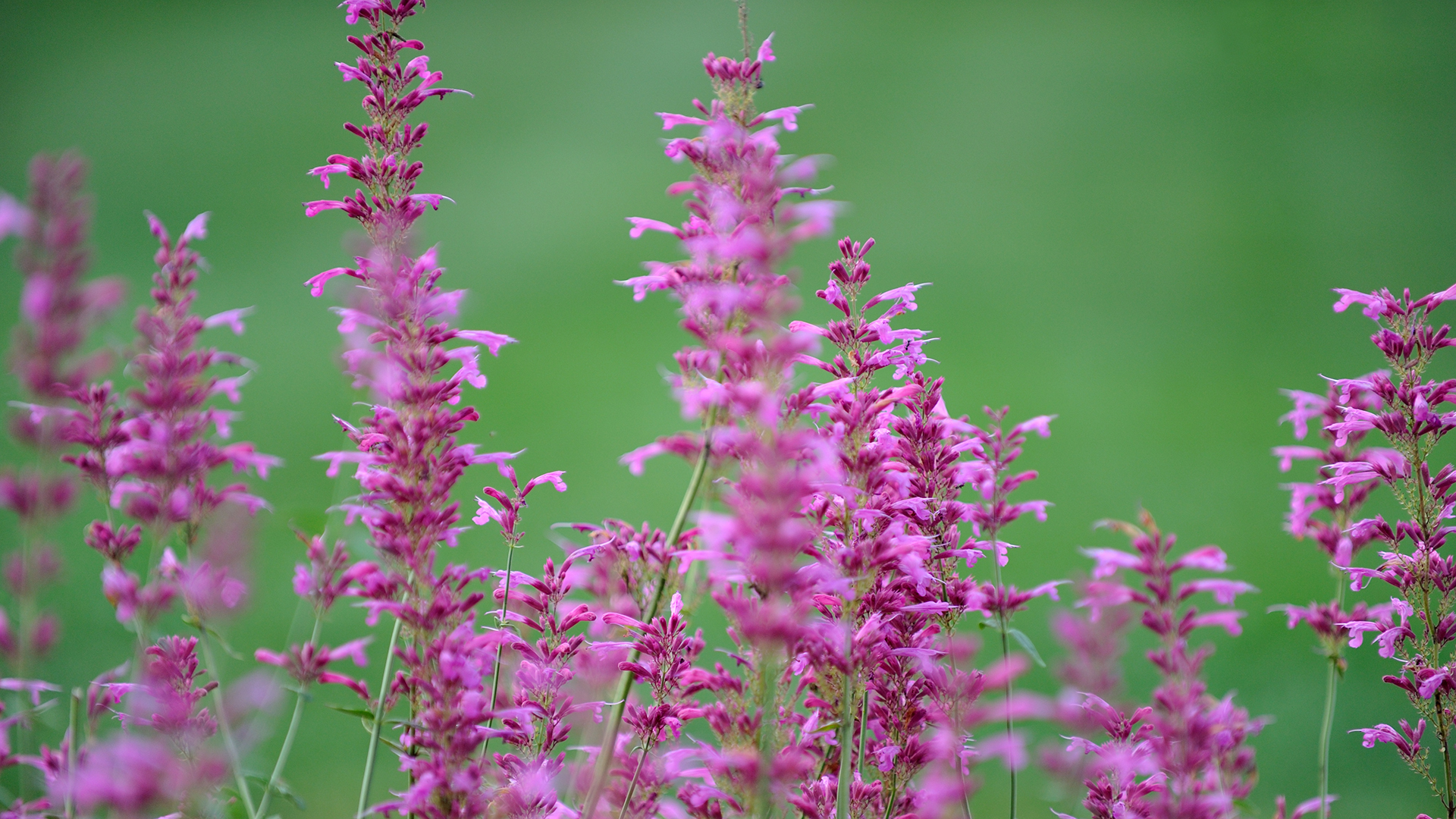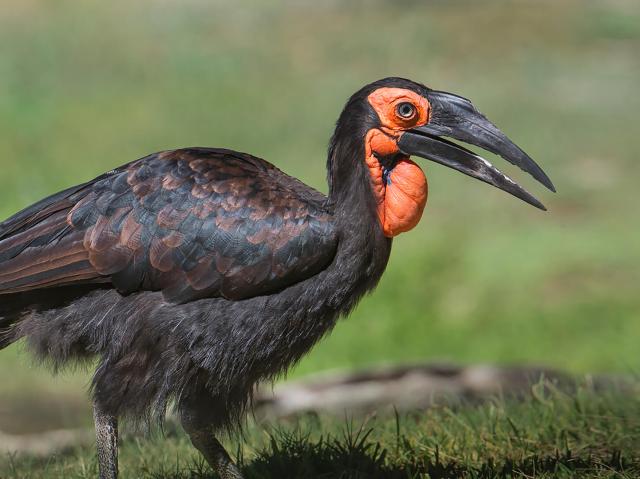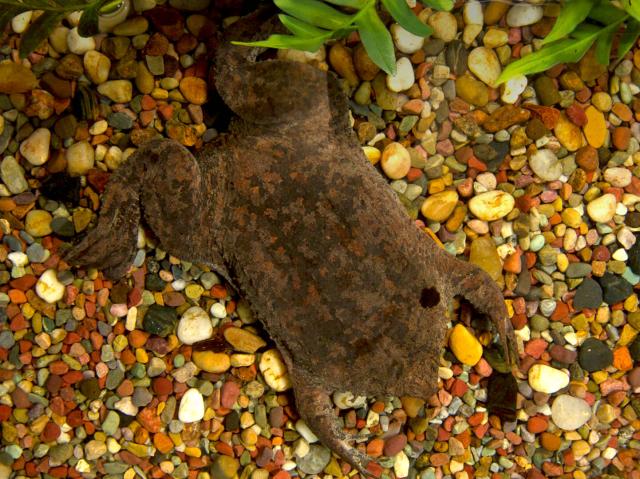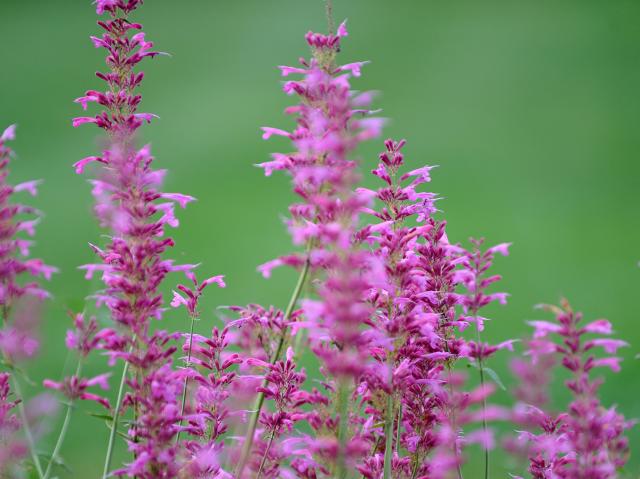
Sage

- Division: Tracheophyta
- Class: Magnoliopsida
- Order: Lamiales
- Family: Lamiaceae
- Genus: Salvia
- Species: more than 900 species

Overview
Sage plants have been favorites of herbalists, healers, cooks, and gardeners for centuries. Members of the mint family Lamiaceae, there are more than 700 species in the Salvia genus, which includes a huge variety of plants with different appearances, sizes, colors, and uses. They have been naturalized and cultivated all over the world for use as food, in medicines, as ornamental plants, and for their essential oil.
Probably the best-known species is Salvia officinalis, referred to as common or garden sage, and varieties of this plant are most often used in cooking and for medicinal purposes. The plant’s name reflects its claim to fame: Salvia is derived from the Latin word salvere, meaning “to save,” and officinalis comes from the word officina, which was the traditional storeroom of a monastery where herbs and medicines were kept. It was considered a vitally important herb and was used to treat everything from headaches, digestive problems, and sore throats to mental disorders, asthma, and arthritis.
Characteristics
Sage is a hardy, perennial herb plant that can grow to about 12 to 24 inches tall. Several species develop woody stems and grow more like a shrub. Like other Lamiaceae plants, sage has square stems and simple, paired, opposite leaves. The leaves of common sage have a pointed, oblong shape and are silvery-green in color, covered with many tiny hairs that give the leaf a velvety appearance. Other types of Salvia vary in color; leaves may be gold, cream, red, purple, or green, and there are variegated types, as well.
The leaves, stems, and flowers of many species of Salvia are covered in the tiny hairs called trichomes, which are thought to help to reduce water loss. In some species, especially common sage, the hairs have glands at the base that secrete volatile oils when rubbed or brushed, giving the plant that distinctive sage scent.
Sage flowers bloom in spring and summer. They send up long-stemmed flower spikes featuring whorls of two-lipped blossoms, most commonly purple or lavender but sometimes blue, pink, or white. The flowers are also where a defining characteristic of the genus Salvia can be found: an unusual flower structure that works like a lever to facilitate pollination.
Instead of four stamens like other members of the mint family, Salvia flowers have two that are attached, one longer than the other. When a pollinator like a bee probes a male flower for nectar, it pushes down on the anther, which acts like a lever to pull the stamens up and allow the bee access. Then when the bee exits, the “lever” closes, and the stamens come down in the perfect position to deposit pollen on the bee’s body. When the bee travels to a female flower, the pollen is picked up on the flower’s stigma, which is strategically bent down in the right position to receive it.
Cultivation
Sage needs a sunny location to flourish, and warm temperatures and ample sunlight also cause the plant to produce a high content of essential oil in its leaves. It grows best in loamy or sandy soil, preferably kept uniformly moist but not waterlogged. Sage can grow from seeds, but the best method is to use cuttings from an established plant.
While there are hundreds of sage types, some of the more popular ones include the following species.
- White sage Salvia apiana is sacred to some indigenous American peoples in the United States and used in ceremonies.
- Pineapple sage Salvia elegans has pineapple-scented leaves and is widely grown as an ornamental garden plant.
- Blue sage Salvia farinacea is a favorite for its striking, deep blue flowers (or white in some varieties) and for its ability to adapt to different soil types.
- Greek sage Salvia fruticosa is often grown and harvested as an alternative to common sage.
- Chia sage Salvia hispanica produces the edible chia seeds that are high in protein and omega-3.
- Mexican sage Salvia leucantha is grown as an ornamental in warm climates, appreciated for its white flowers emerging from blue or purple bracts.
- Purple sage Salvia leucophylla from California is drought tolerant and its lavender flowers attract butterflies.
- Baby sage Salvia microphylla from Mexico is grown extensively for its red, pink, or white flowers and fruit-scented leaves.
- Clary sage Salvia sclarea is used as an ornamental and medicinal plant, and its oil is used in perfumes.
- Pitcher sage Salvia spathacea has large, magenta flowers that attract hummingbirds.
- Scarlet sage Salvia splendens is a popular garden plant for its red flowers and silvery leaves.
Our Collection
The San Diego Zoo Safari Park grows about 50 varieties of sage in the Chandler Herb Garden, including Mexican sage Salvia leucantha and Pilgrim’s Rest pink sage Salvia dolomitica from South Africa. Sages are also featured in the Safari Park’s Nativescapes Garden.
Herbal Wisdom
Sage is considered a symbol of long life and good health in the folklore of many cultures.
Folk Favorite
For generations in Britain, sage has been considered one of the “essential herbs,” along with parsley, rosemary, and thyme, a tradition captured in the old English folk song “Scarborough Fair.”
Special Treatment
The ancient Romans considered common sage to be a sacred herb. They harvested it in an elaborate ceremony using a special knife, and the sage gatherer would wear clean clothes, have clean feet, and offer a sacrifice of food to the gods before he could begin.










